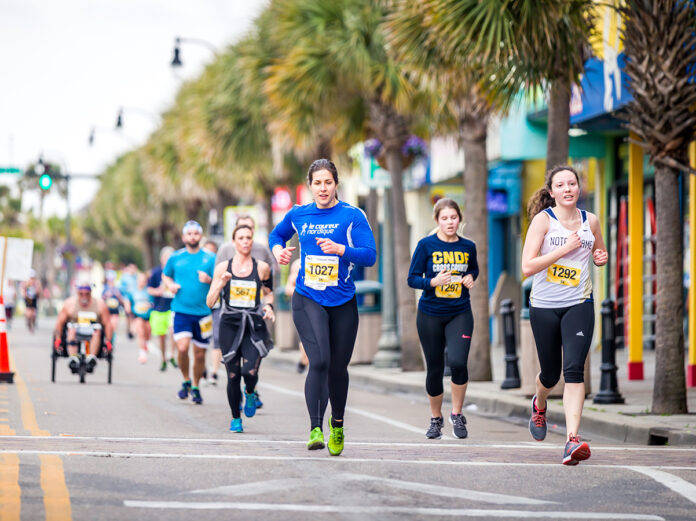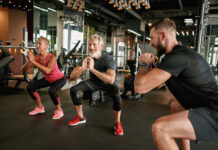
Leaving the cold behind for a warm-weather destination race during winter can be a dream trip for any athlete. But heat can sap as much as 10 per cent from a racer’s performance.
Research concludes that heat and its effects on athletic performance, require eight to 12 days for a well-conditioned athlete to acclimate to the heat.
For many amateur racers, arriving at a race up to two weeks ahead of the event just isn’t possible. However, it is possible to prepare your body and mind for the added physiological stress of racing in much higher temperatures and humidity than one is accustomed to.
During acclimatization, humans use the skin’s surface area for cooling. Blood is drawn from your muscles and organs to the network of capillaries next to your skin to transfer heat via convection. As your body conditions over the 10-day period, your sweat rate increases and your ability to perform to your potential rises.
There are plenty of studies about the physiological challenges the body undergoes with the stress of high ambient temperature, but simply adding heat to high intensity training sessions will pile on unnecessary stress and possibly have a detrimental effect on training.
Adaptation begins when you are training with a high physical load. The idea is to slowly get your body acclimated to exercising in a higher than normal temperature – even going so far as to replicate the race venue’s heat and humidity without adding extra load on the system.
Begin adaptation protocol three weeks out from your race. Aim for five consecutive days consisting of 90 minutes on the trainer or treadmill with a heart rate of Zone 2-3.
One of the goals is to recreate the conditions you will encounter on the course. For many, this means setting up a trainer in the bathroom, turning on the heater and shower to increase humidity. Aim for a room temperature of 30C (86F) along with 60 per cent humidity. We have also seen success with athletes overdressing by wearing tights, long sleeves and a hat while running on a treadmill.
There are studies that indicate sitting in a sauna for 30 minutes after exercise has been completed every day will help increase the body’s ability to handle heat and humidity.
Interestingly, decision making during exercise under extreme heat stress becomes more demanding on the brain. Your brain requires glucose to function optimally and by default will override the muscles’ access to sugar. When blood sugar levels dip, your brain suffers and this is why you can often experience more negative feelings when racing in hot temperatures.
It is also important to know your sweat rate. Weigh yourself pre-and post-exercise, including the amount you drank; subtract the difference and divide by the duration. Remember to include 700 to 1000 mg. of sodium per litre of fluid to maintain electrolyte balance.
Upon arrival at your race location, pay attention to hydration. Many athletes will not use the air conditioning in cars or rooms to acclimatize better. Don’t do this at the expense of not being able to sleep and being uncomfortable as this doesn’t put one in a good frame of mind for racing. Be prepared to run at a slower pace on race day due to the heat.















